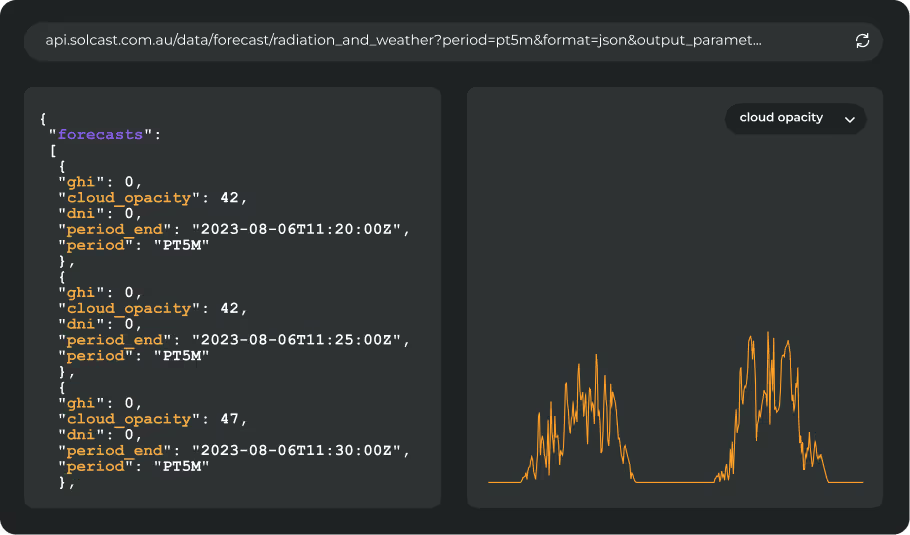Solcast is more than just the leading commercial source of global irradiance data - we are also a major supporter of passion projects around the world. It's why we offer free access to our data for academic research, single rooftop site access for home hobbyists, and why we sponsored the Illini Solar Car Team. Our mission is to support the solar powered future and to inspire people with big ideas to put their knowledge into action. That’s why we’re proud to support innovative projects like the Illini Solar Car Team that are helping to revolutionize how solar energy is used in everyday life.
Meet the Illini Solar Car Team
The Illini Solar Car Team is a group of students who race a solar-powered vehicle thousands of miles across the United States and Australian outback. The team's success depends on getting accurate readings on the amount of sun they are receiving, which is where Solcast comes in. As a sponsor and partner of the Illini Solar Car Team, Solcast provides the team with the irradiance data they need to make informed decisions about their performance during races.
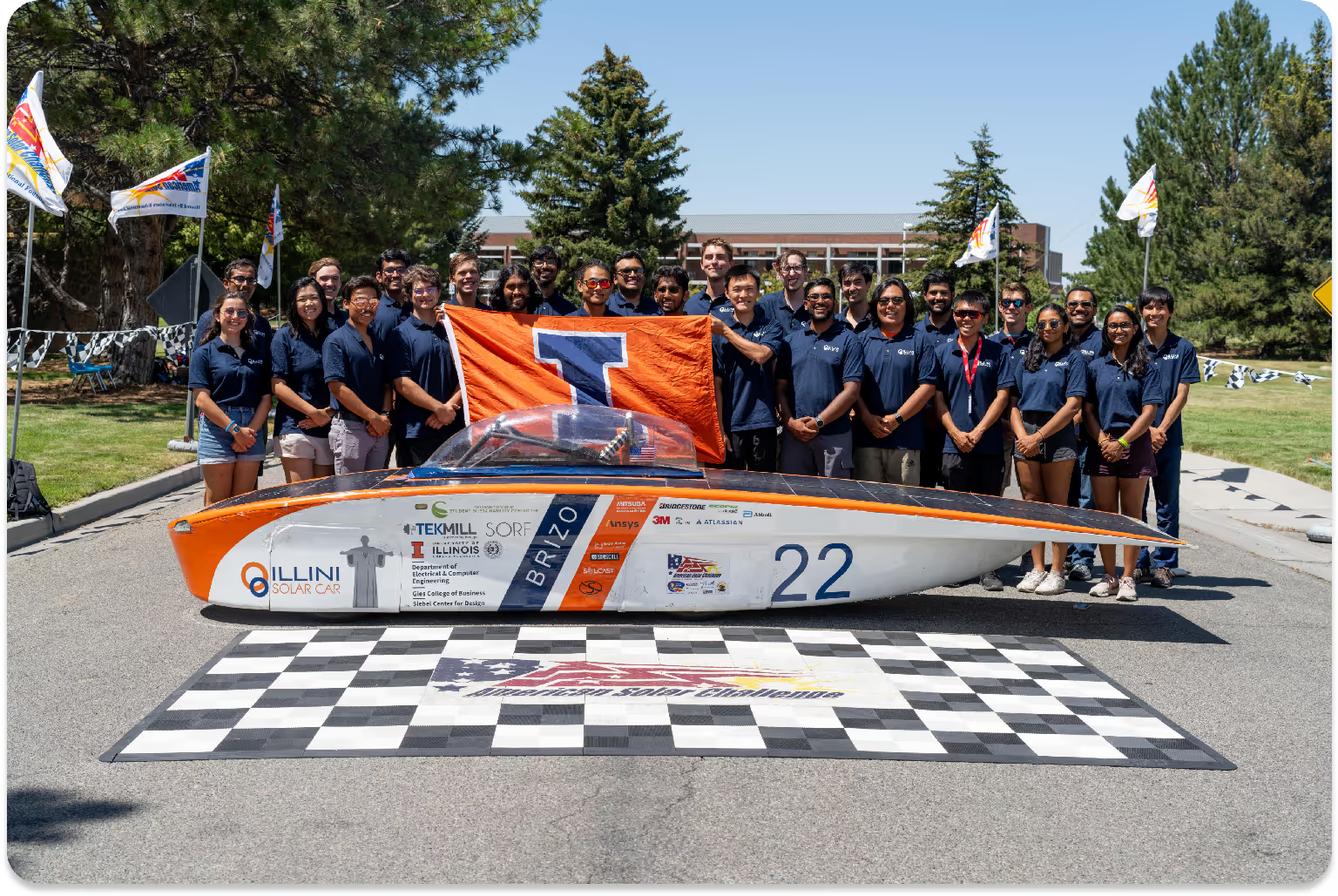
The Challenge
During the July American Solar Challenge race from Independence, Missouri to Twin Falls, Idaho, the Illini Solar Car Team used Solcast's irradiance data in multiple ways. "Our models map out the race and simulate every possible state that we can be in at each moment and location throughout the race," said Jeremy Shaffar, Strategy & Telemetry Lead. "It will then tell us the strategy to get the most distance possible, which is how you win the American Solar Challenge”. Other races, like the World Solar Challenge the team will race in Australia in October 2023 are determined by who finishes fastest.
Determining the best strategy to maximize distance is complicated, and needs the proper data for how much solar resource will be available, without which the simulations just can’t work. "If the target speed is too high, we will run out of battery too quickly and must stop on the road for recharging, which is disastrous for our performance in the race," said Shaffar. "Alternatively, if our simulation gives a target speed that is too low, we will not be maximizing our performance, as we could go faster with the amount of energy we are receiving."
To show this tradeoff, below is a visualization of a simulation of a leg in the race. Here is relatively aggressive strategy.
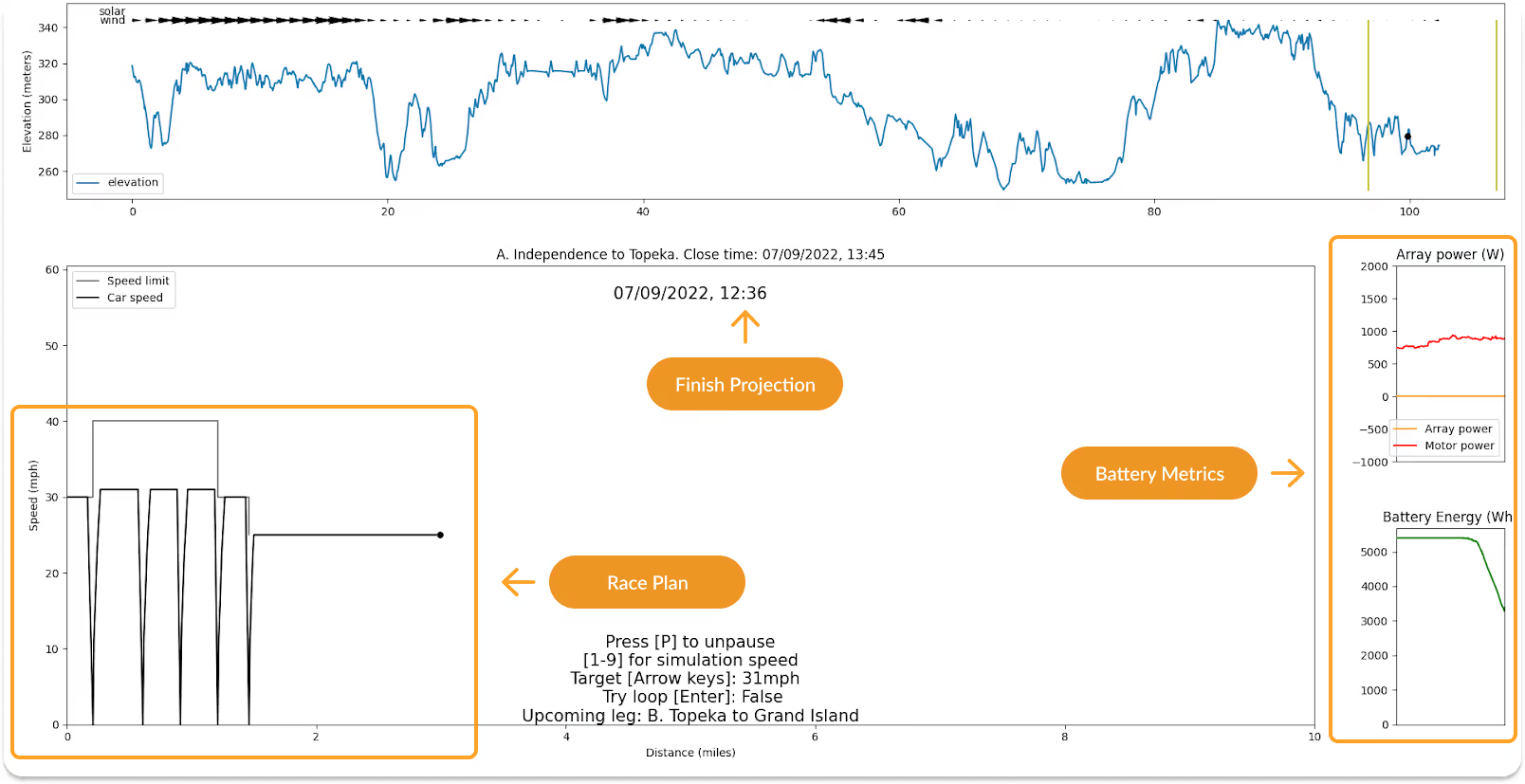
With a more conservative strategy below, we use less motor power as you can see in the red line, and thus less battery energy as shown on the green curve. However, we get there more than 3 hours later.
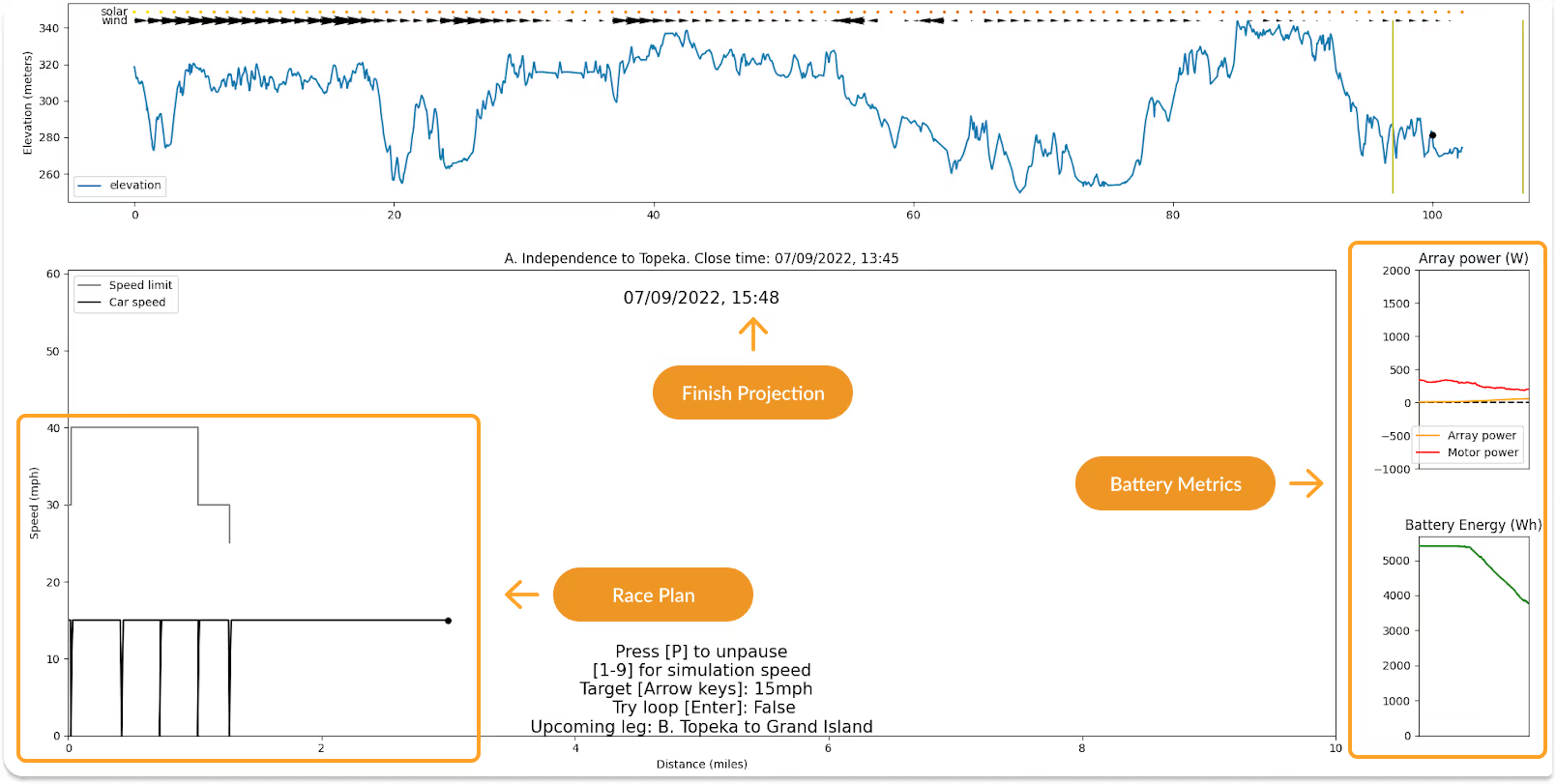
Using the Solcast Solution
The accuracy and detail delivered through the Solcast API allows the team to understand better how far they can go, without being too ambitious. As a digitally native team, having access to a modern API with multiple data variables made the Solcast solution stand out. "Many APIs we have used in the past only have the irradiance values for a flat solar panel perpendicular to the ground," said Shaffar. "However, in Solcast we can get the tilted irradiance. During various times throughout the day, we are allowed or required to stop the car and tilt the solar panels directly at the sun. Our model must account for this, and a key reason that Solcast has been as effective as it has been the flexibility of their data in accounting for this."
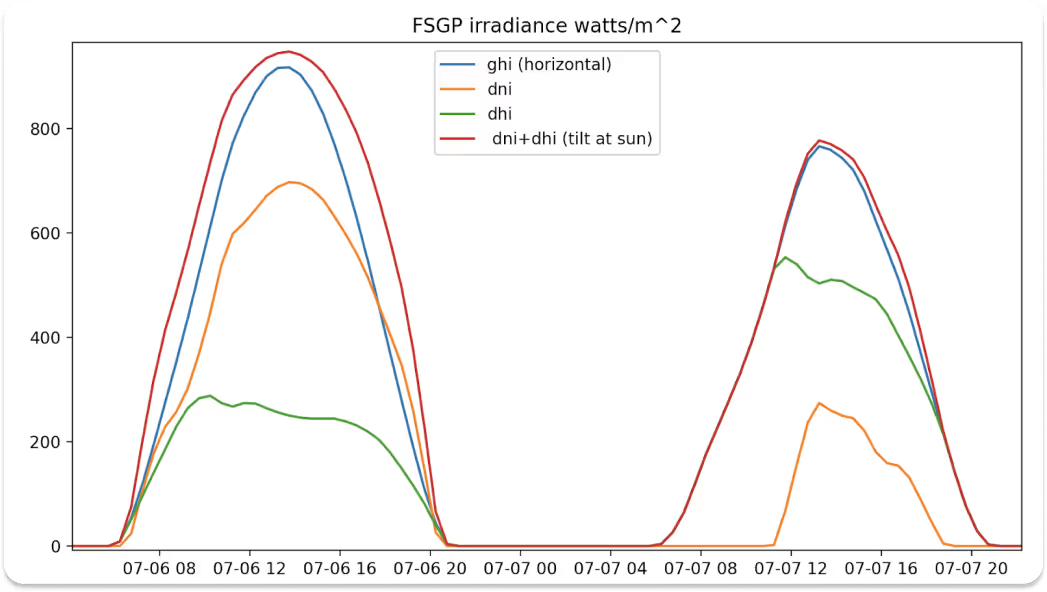
In addition to modeling, the Illini Solar Car Team also used Solcast to get a general view of how the race would play out. "With Solcast providing multiple days of irradiance with high degrees of accuracy, we were able to have a general prediction on how the days would play out. This comparative advantage in knowing accurate solar predictions in the future than other teams provided us with more confidence in our predictions and improved our decision making throughout the race."

The team also found Solcast's data visualization features to be extremely helpful. "We graphically visualized the data quite a bit throughout the race," said the team member. "In the future we hope to make much more useful visualizations using Solcast irradiance values. We also occasionally use the nice visualizations and maps on their website to get a general sense of the irradiance in certain locations."
What’s Next
Looking to the future, the Illini Solar Car Team plans to use Solcast's historical data to train evolutionary algorithms and make predictions about future strategies. "We have enjoyed our partnership with Solcast and are excited to see the possibilities in the future for our partnership".
In conclusion, the Illini Solar Car Team's partnership with Solcast has been invaluable in maximizing their performance in solar car racing. The team's ability to make informed decisions based on Solcast's highly accurate irradiance data has given them a competitive edge in their racing, helping the team know when they will have the solar panel to accelerate to the front.








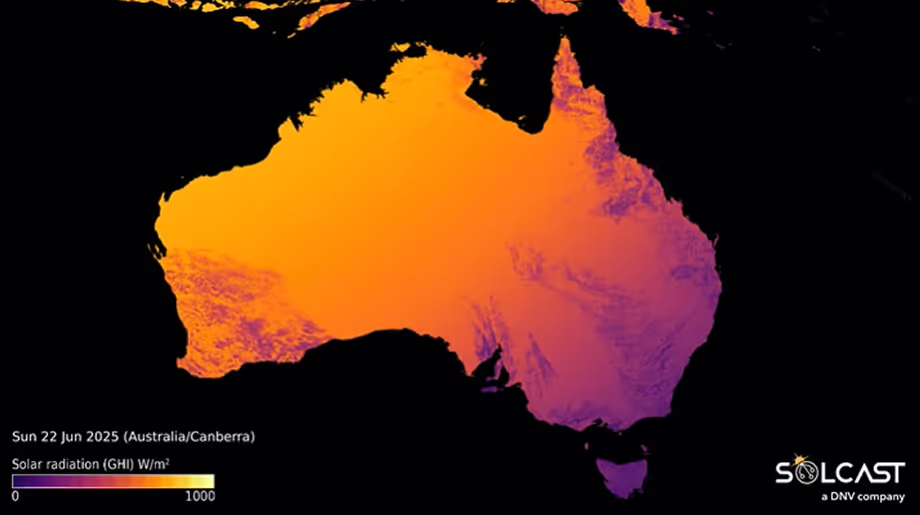
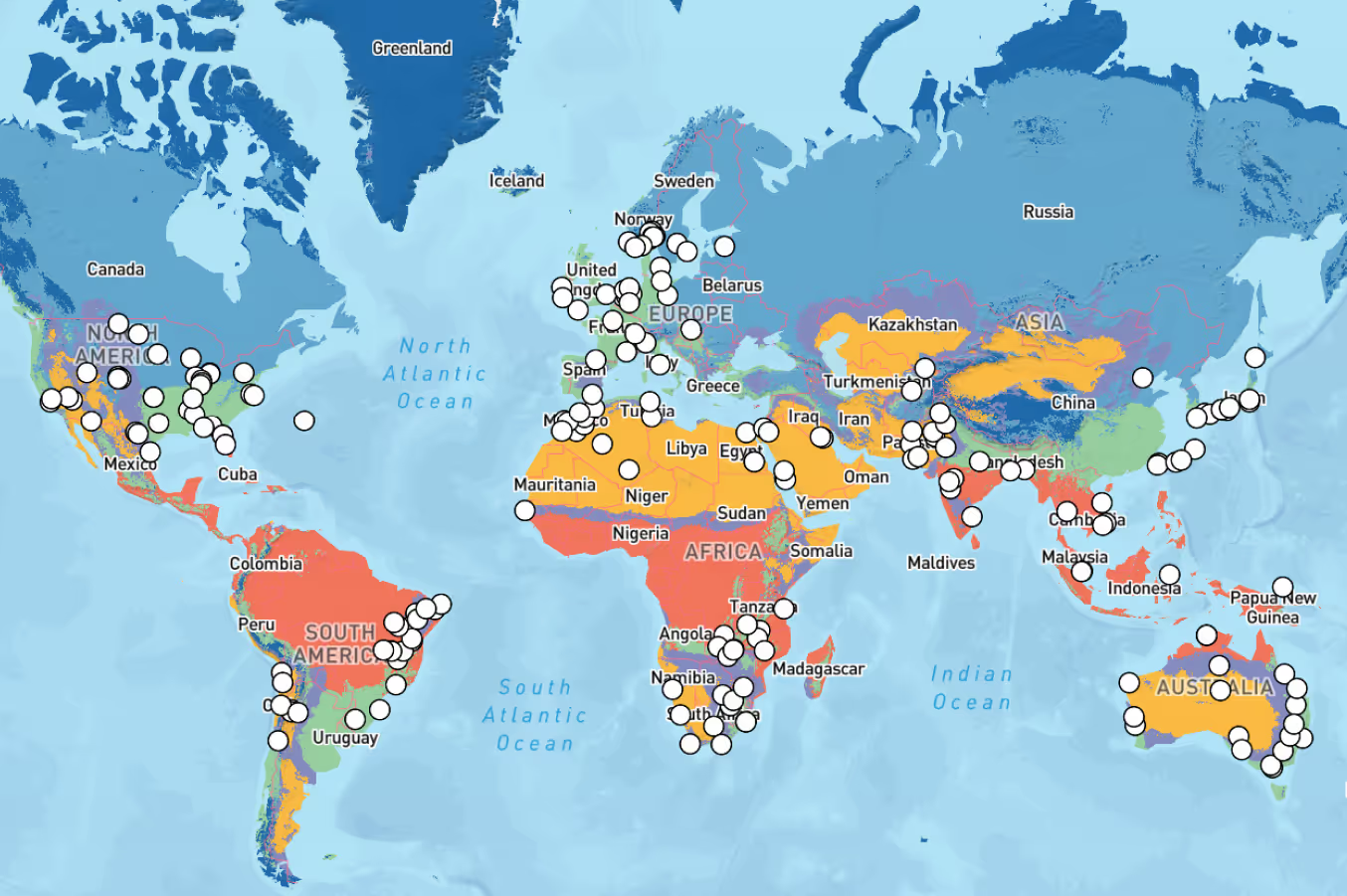
.avif)
